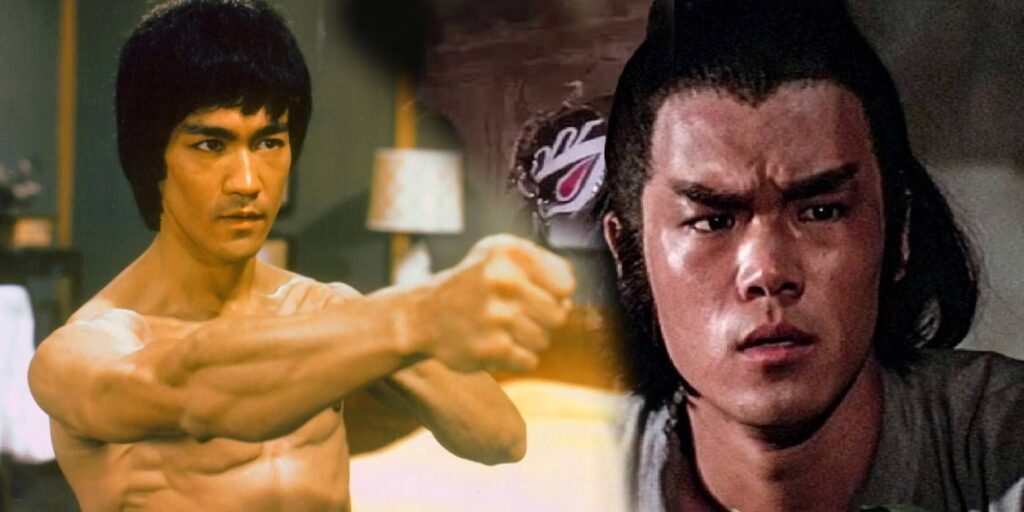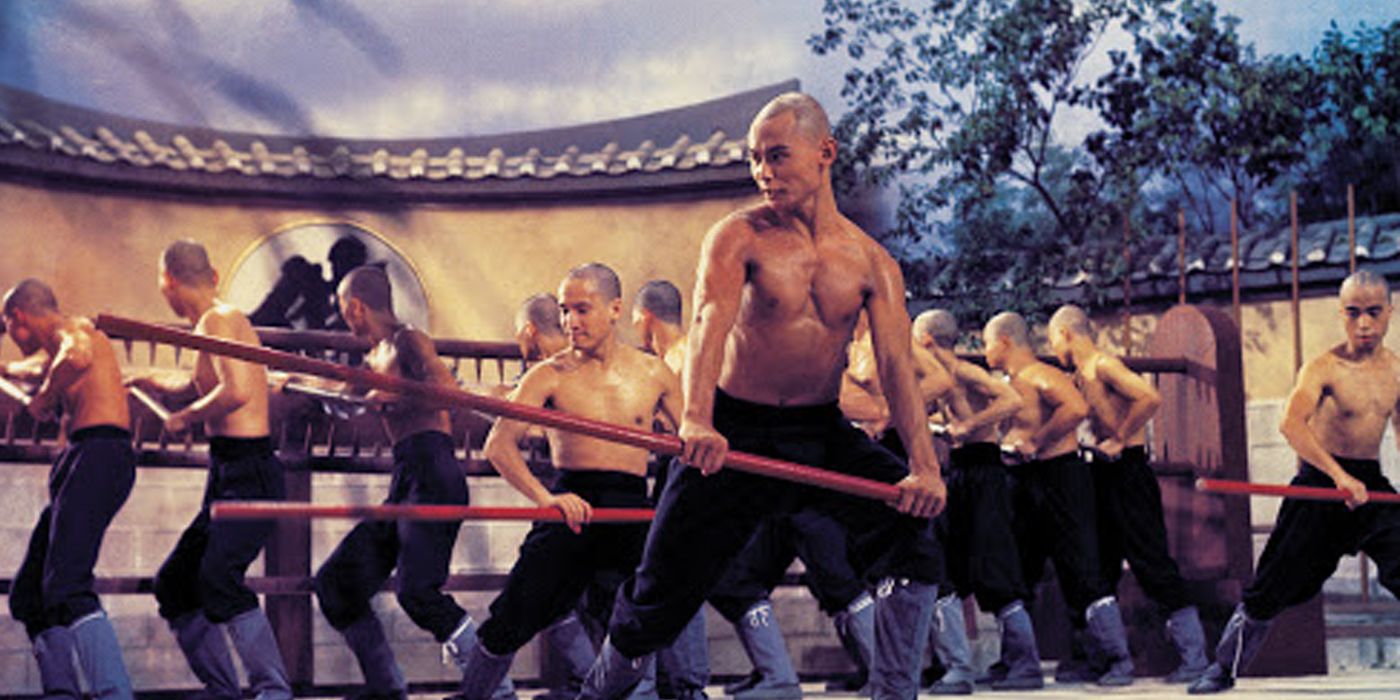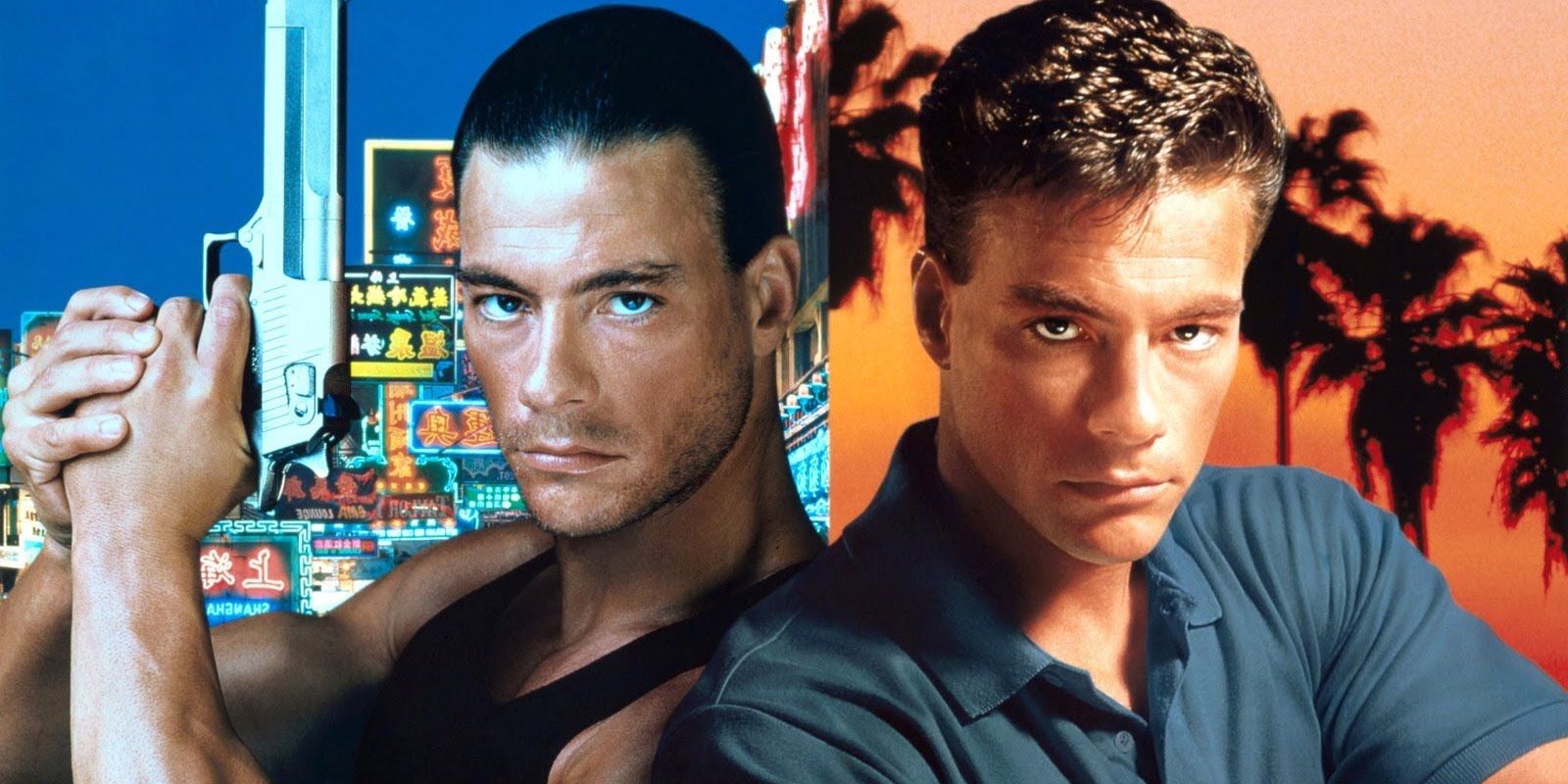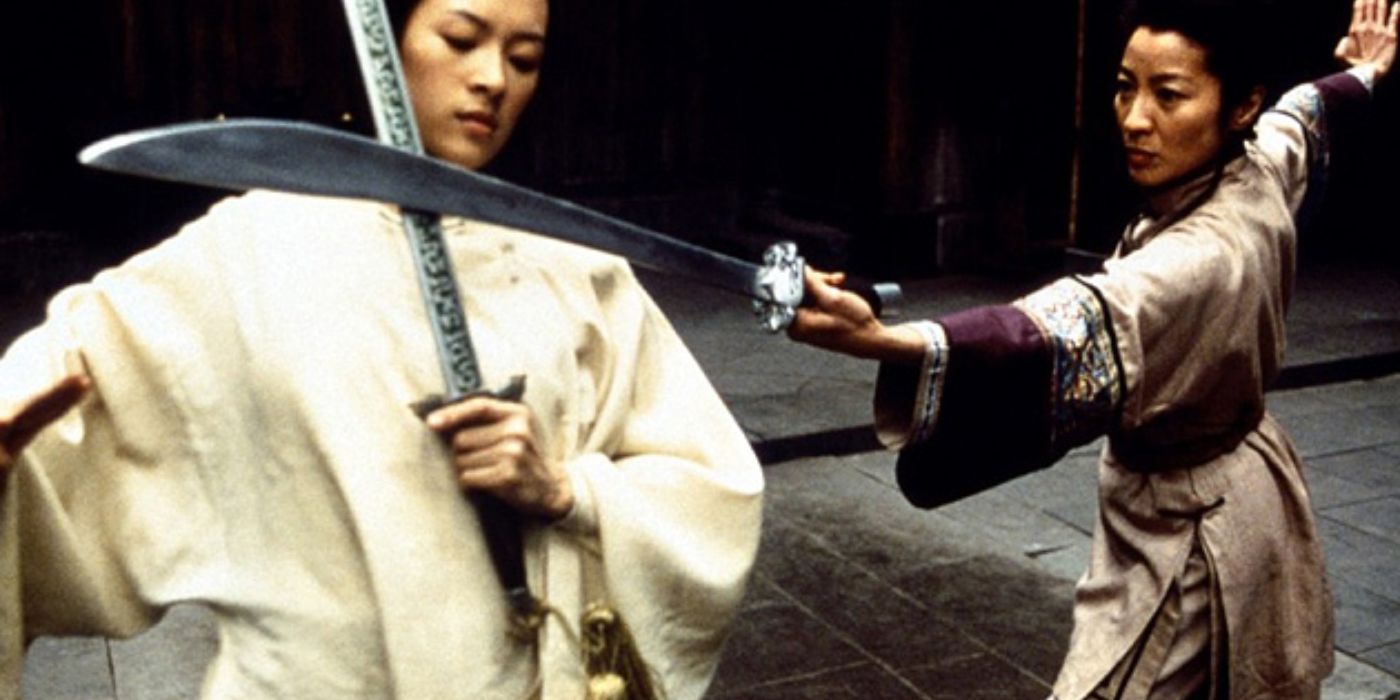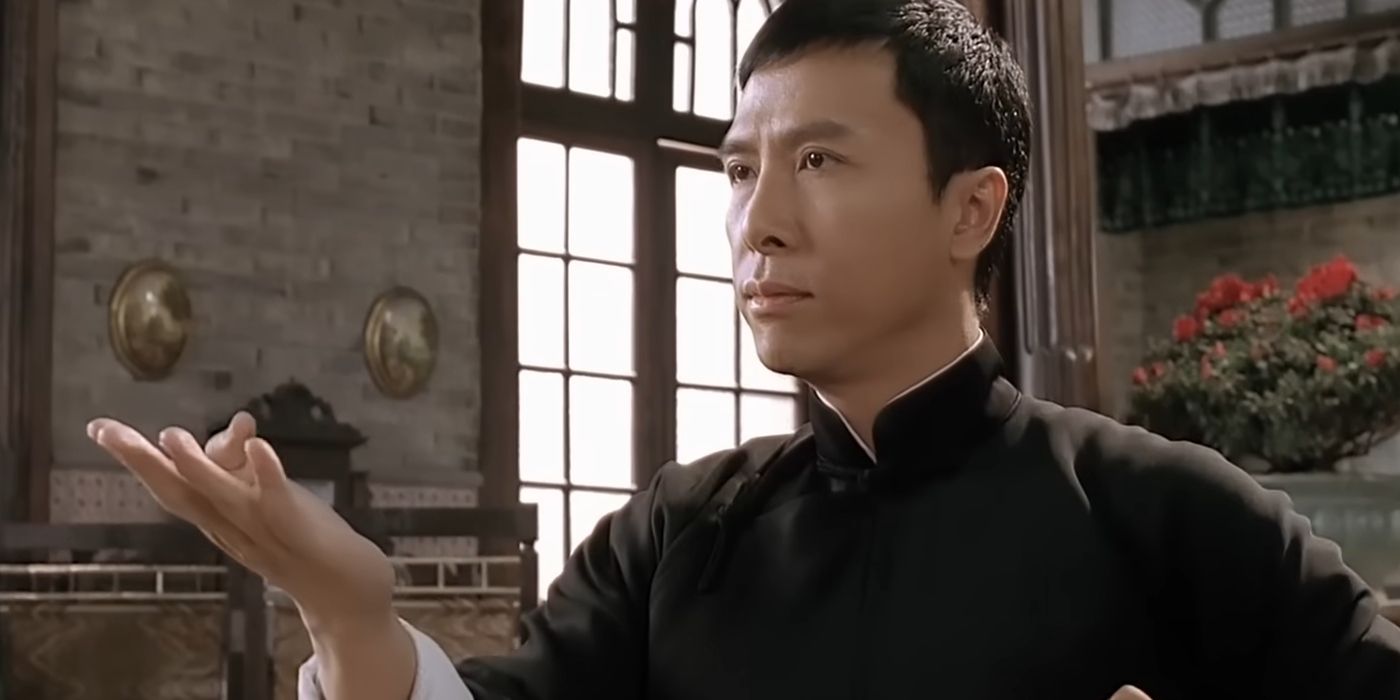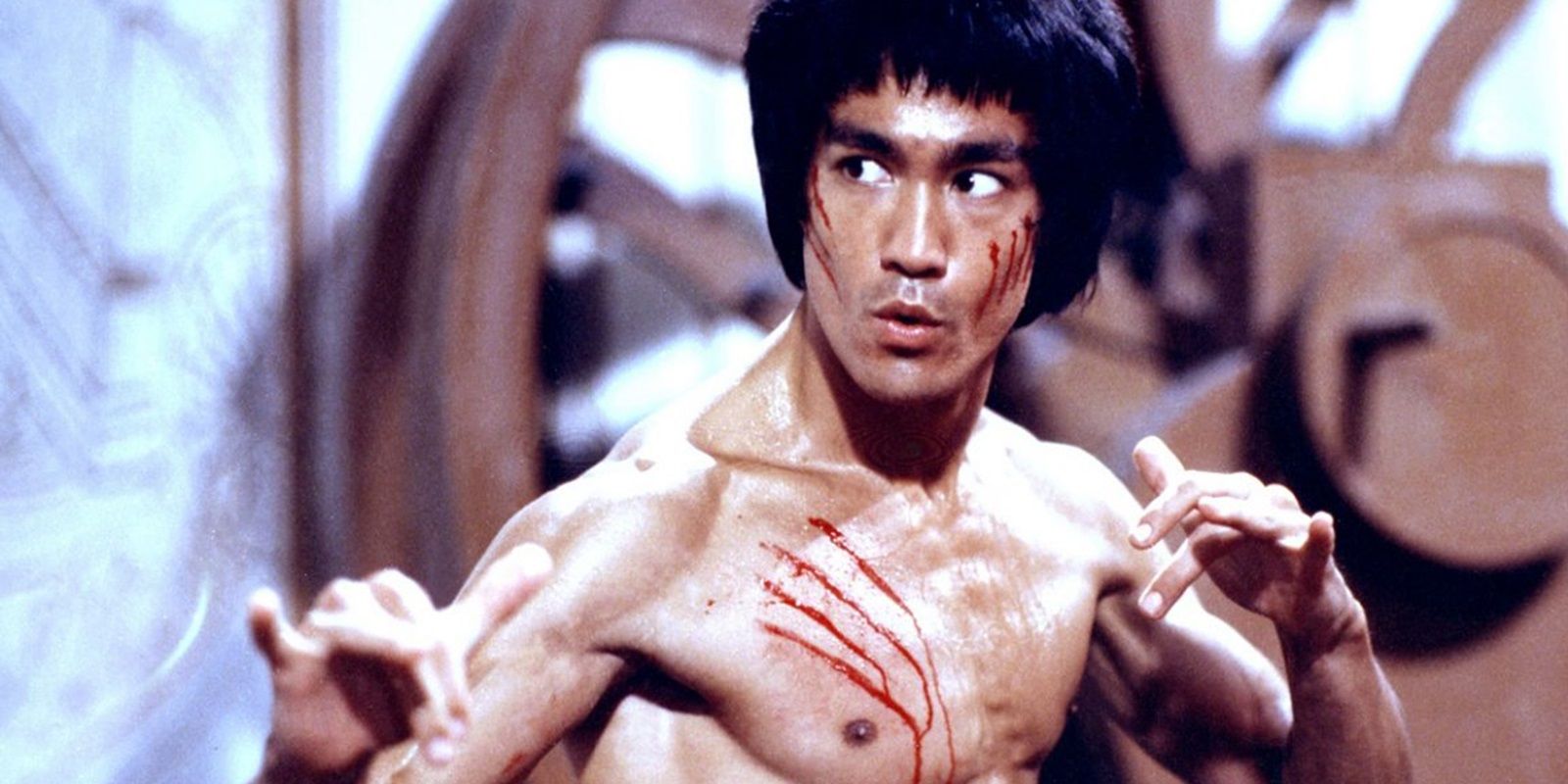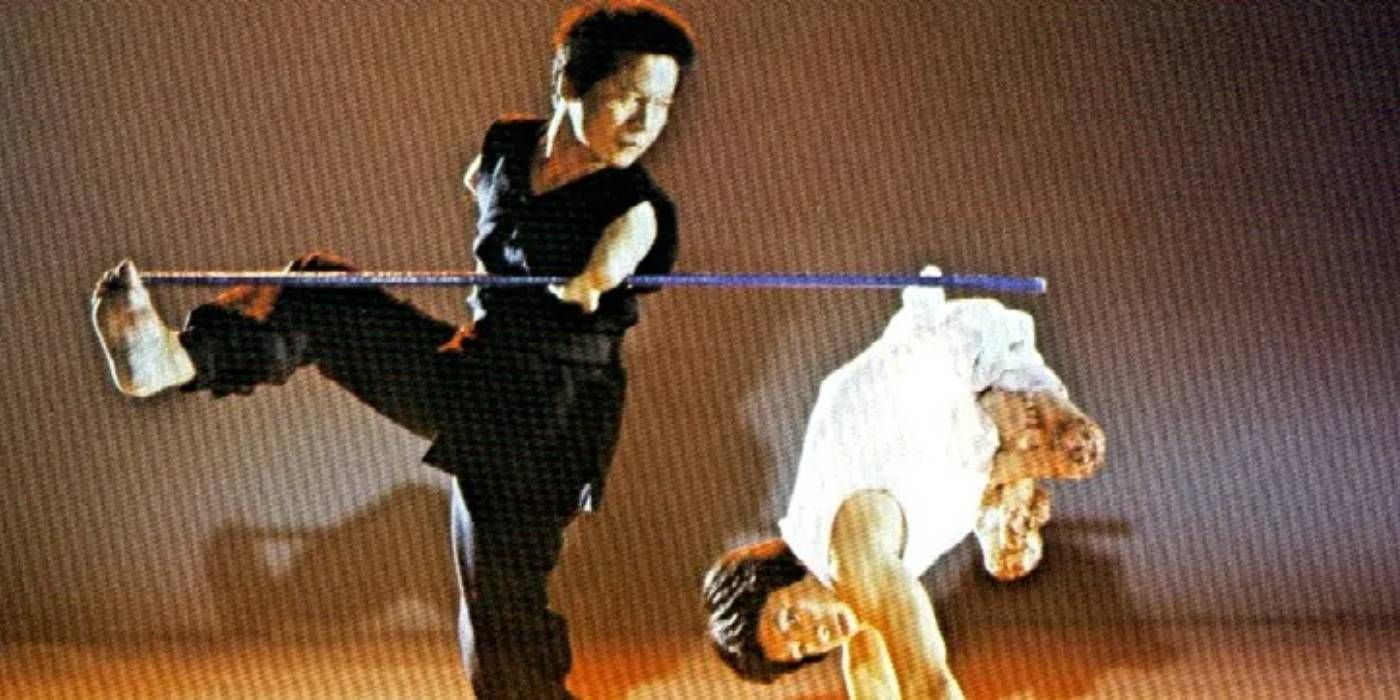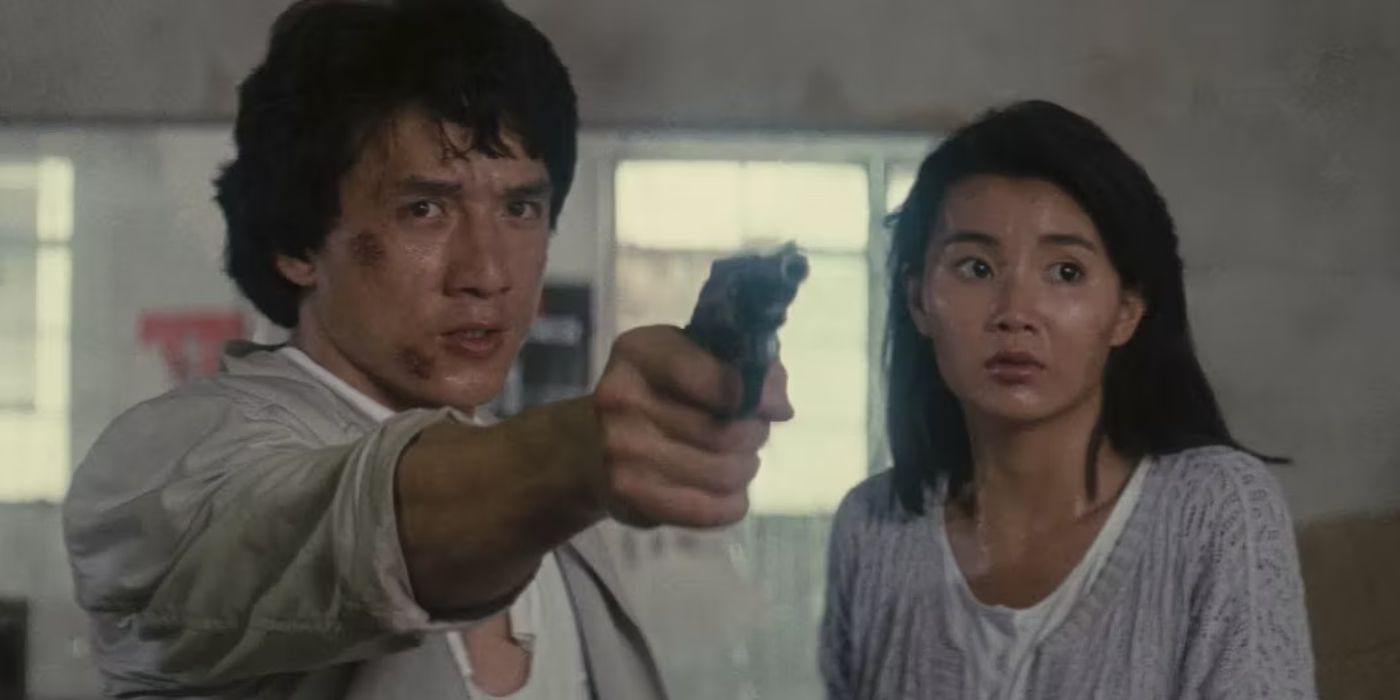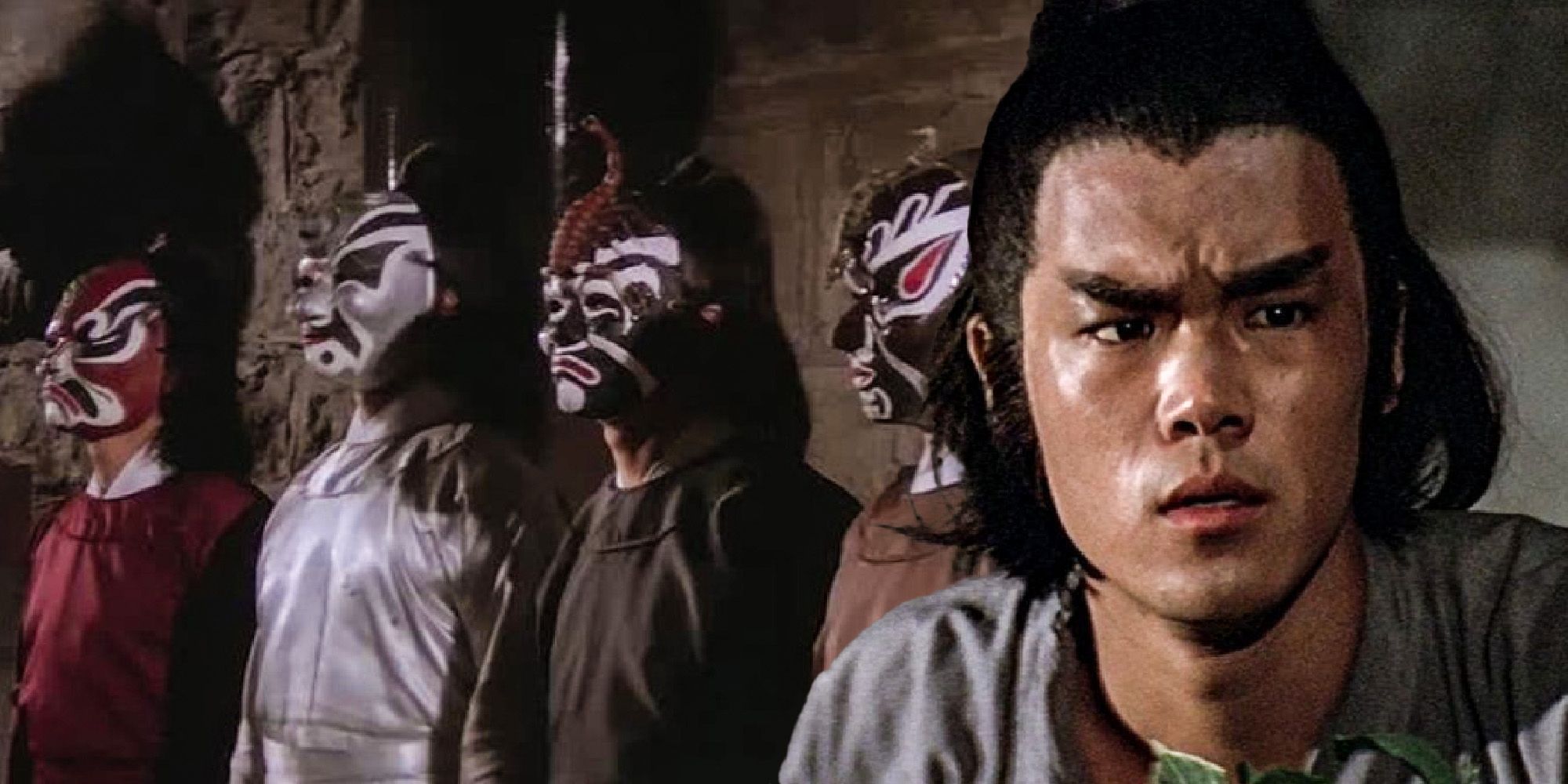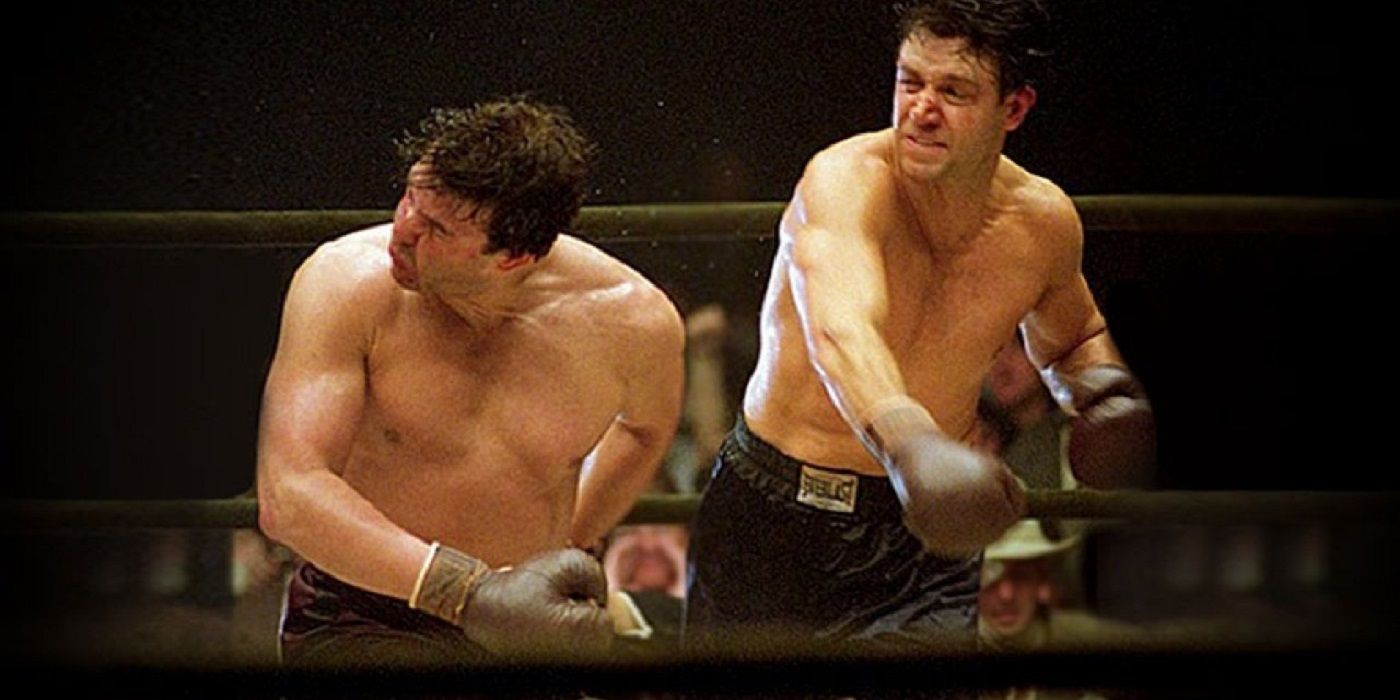Summary
- Martial arts movies often rely on predictable tropes for plots, leading to similar stories across the genre.
- Training montages and origin stories are common themes in martial arts films, focusing more on preparation than final fights.
- Recurring tropes like cursed swords, rival schools, and mysterious tournaments inject drama and action into martial arts narratives.
Martial arts movies have a certain unique core of tropes that are fell on again and again for their plots, creating a horde of movies in the genre with similar stories. Even the best martial arts movies can be surprisingly light on narrative engagement, mostly relying on the action to speak for itself. But there’s only so many ways characters can be compelled to face one another in hand-to-hand combat, and the same handful of excuses are reliably brought out for many films of the genre.
Even outside of narrative excuses for the characters to get to the action, martial arts films delve into some oddly-specific tropes at a much higher rate than other films. One of the advantages of the genre is that it works in multiple settings, from Wuxia movies set in ancient China to the Hong Kong action films set in the modern day. Yet no matter the arena, these recurring plot lines seem to rear their heads with alarming frequency in martial arts movies.
10 The Origin Story
Some martial arts movies are more training than anything else
In many cases, it’s possible to almost feel a film’s burning desire for a sequel just from the plot alone, as evidenced by the plethora of martial arts movies that are essentially extended training montages. Sometimes, these do indeed wind up spawning a modest series, such as Jackie Chan’s famous Drunken Master, in which his iconic character Wong Fei-hung first picks up the titular fighting style only to reprise it as a master in Drunken Master 2, confusingly billed as The Legend of Drunken Master in the U.S.
Running the gauntlet of a needlessly complex training regimen is a martial arts movie staple at this point, with many films spending the entirety of their runtime following a bright-eyed recruit getting put through the grinder by a wizened master in order to comprehend a particular style. Other famous examples of this trope include The Karate Kid and The 36th Chamber of Shaolin. Both of these films put far more emphasis on the grueling training regimens their protagonists must endure rather than the final fight.
9 The Twin Siblings
Usually played by the same actor
For no particular identifiable reason, many martial arts movies of the 80s and 80s had an odd habit of doubling up on protagonists. This plotline will feature a pair of twin siblings, usually separated at birth, who set aside their differences to come together against a common enemy. In most cases, the two will have drastically different personalities to help tell them apart, with fighting styles to match.
This trope was commonly used as a gimmick to help sell the presence of a certain star actor, taking on two roles in a given film rather than just one. Amazingly, Jean-Claude Van Damme played a pair of twins three times — Once in Double Impact, once in Maximum Risk, and a final stint as a clone and progenitor duo in Replicant. Other examples include Jackie Chan’s Twin Dragons, which even shares a strikingly similar title to Twin Dragon Encounter, yet another dual-performance film headed by Michael McNamara.
8 The Cursed Sword
A time-honored tradition of malevolent weaponry
Martial arts movies don’t always strictly have to be empty-handed, with the genre featuring some incredible battles with swords and other melee weapons alongside more traditional hand-to-hand combat. Among the arsenals of the genre’s biggest stars, a cursed sword is always a surefire way to inject some drama into the fray. Usually used by the protagonist, the cursed sword trope presents a shortcut to physical power that always comes at a terrible moral cost, presenting the hero with a clear choice right away.
The single most famous example of this plot is in Crouching Tiger, Hidden Dragon, with much of the narrative revolving around the legendary sword “the Green Destiny,” used by Jen to terrifying effect. The Curse of the Dragon Sword is another lesser-known film that utilizes the same idea, focusing on a father-daughter duo’s efforts to reforge such a mythical weapon. Never available without a terrible price, cursed swords in kung fu movies always offer a deal that’s too good to be true.
7 The Common People Vs The Establishment
Many martial arts have their roots in anti-authoritarianism
Unlike many other quirky tropes in martial arts movies, an inherent distrust of authority, particularly local government, is baked into the roots of many schools of thought in real-world martial arts practice. Unarmed fighting styles like karate or capoeria were usually developed historically in response to an oppressive regime controlling another population. What better way to even the odds against an enemy with more resources than to develop a way to fight without needing weapons at all?
The historical basis for martial arts as a way for less well-off populations to defend themselves shows up often in martial arts movies. Many martial arts films, particularly those set in the past, use corrupt local governments, insidious monarchies, and oppressive colonizers as their enemies, with only plucky home-grown heroes with a working knowledge of martial arts being able to stand against them. Films like the Ip Man movies, Drunken Master 2, and Five Deadly Venoms all use this theme to some degree, with conniving foreign influences or morally bankrupt politicians driving the plot.
6 The Rival Shools
Dueling dojos often take center stage in many martial arts movies
Every movie martial artist worth their fists can usually trace their knowledge back to a beloved dojo, with a wise mentor figure running the show. An in-built emotional anchor for many martial arts movie protagonists, killing off this sensei archetype or otherwise destroying their dojo is a great way to quickly get the protagonist’s skin in the game. This is often the work of a rival dojo, which can be straight-up evil or simply a competitor.
The best-known example of this narrative is the Karate Kid franchise. In particular, the Cobra Kai sequel series goes further in-depth on the long-running feud between the titular dojo and the home of Daniel and Mr. Miyagi, Miyagi-Do Karate. Other notable examples include Bruce Lee’s Fist of Fury and Jackie Chan’s first true starring role, Snake in the Eagle’s Shadow.
5 The Mysterious Tournament
There’s no better way to show off an eclectic cast of fighters
At the end of the day, the plot of a martial arts movie exists to drive the action, and few reliable narrative settings can do this quite like a mysterious tournament. Gathering fighters from far and wide, the simple idea of a tournament is a great way to excuse a great many “sanctioned” fight scenes, while pulling in a wide variety of opponents to show off various fighting styles and personalities. More often than not, these tournaments have something sinister brewing under the surface as well, giving a great plot hook for a martial arts hero to unravel.
The best example of this storyline is Bruce Lee’s famous Enter the Dragon, which features Lee infiltrating a high-stakes martial arts tournament held by a criminal mastermind. Though technically based on a video game, Mortal Kombat‘s titular tournament is also a fantastic movie example of a fighting tournament that moves the narrative forward. The trope is so pervasive it’s even made its way into parodies of martial arts movies like Balls of Fury, in which a deadly ping-pong tournament is held on a mysterious island.
4 The Revenge-Seeking Wounded Fighter
Everyone loves a hero that can overcome the odds
Revenge stories and martial arts go hand in hand, being a great motivation to ensure some chaotic unarmed combat with a whole legion of vile martial arts practitioners. This combination is enhanced even further when the hero has a visible lasting mark of their betrayal, forever changing them physically as well as emotionally. It’s all the more compelling when a martial artist can overcome a dire physical limitation in order to exact their revenge, only to be made stronger by the absence of entire limbs.
The single best example of this trope is in the unfortunately-titled Hong Kong martial arts movie The Crippled Masters, featuring two protagonists missing arms and legs. Despite their obvious handicaps, the two are able to tear their way through the corrupt organization that wounded them in the first place. Other great movies following a similar plot include One-Armed Boxer, Crippled Avengers, and The One-Armed Swordsman, all sporting painfully on-the-nose names.
3 The Super Cop
Best for martial arts movies set in the modern day
Even if other martial arts films might turn their nose up at the establishment, a great many of the most classic Hong Kong action films turn to law enforcement for their heroes. In many martial arts movies set in the modern day, it’s up to a single super cop to take down an entire ruthless criminal organization with little to no backup, utilizing their impressive combat skills as a tool for justice. Even if they’re never the most complex plots, these movies have a certain charm to their simple black-and-white morality.
Jackie Chan is at the center of a great many super cop martial arts movies, most prominently the Police Story films. Even outside of this franchise, Chan has played a cop time and time again, using his dazzling martial arts prowess to protect and serve the public in other movies like Rumble in the Bronx and the Rush Hour series. He isn’t the only one to flash a badge in the genre, however, with another prominent player in the martial arts and law enforcement intersection being 2011’s The Raid, a far grittier take on high-flying police work.
2 The Achilles’ Heel
If there’s an invulnerable fighter, he’s bound to have a weak spot
Martial arts films often stretch the realm of possibility when it comes to giving their characters near-superhuman powers thanks to martial arts techniques. One favorite supernatural ability of kung fu movie antagonists is nigh-invulnerability, with raw skin and flesh able to be trained to the point of unbelievable durability. Luckily for martial arts heroes, this technique typically comes with a single point of weakness located somewhere on the user’s body, often in a bizarre, nonsensical place.
One of the best examples of this peculiar recurring concept is in Five Deadly Venoms, in which the seemingly invincible Toad is revealed to have a unique weakness– Once his ears are smashed, his body’s ability to withstand punishment drains away. Even if Toad isn’t actually a bad guy in the end, it’s still a prime example of the strangely recurring martial arts power. In another example, Shaolin Temple Against Lama, the ear is used as a weak spot again against a similarly-invulnerable villain.
1 The Cinderella Sports Story
Martial arts movies aren’t always life or death
Another great blend of sub-genres, martial arts movies work well as sports movies as well, putting their heroes in a sanctioned ring while making the stakes far more personal. In such movies, it always helps to have a plucky underdog protagonist, punching far above their weight class despite less resources, pedigree, or time to practice. While these movies may blur the line of what is considered a “martial arts” movie, carrying little else of the genre’s recurring tropes, the idea of a “Cinderella story” in the combat sports world has been seen a great many times.
Once again, Karate Kid touches on this trope, with Daniel using his unique homegrown training to overcome the favorite winners. Even if it isn’t from the East, boxing is also still technically a martial art, with films like Cinderella Man and the Rocky movies being exemplars of the idea. It would be harder to point out a martial arts movie set in real-world combat sports that doesn’t fall victim to this recurring trope.

